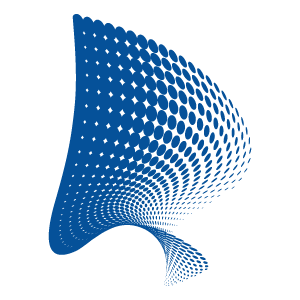From the early 4GL languages to low-code
For our Life Cycle Extension program, we share the best practices from customers and prospects alongside our insights. In this interview, Remus Pereni, CTO at Yonder, sits down with John Suijker, Practice Lead Enable Business Opportunities at an international bank. They discuss the bank’s choice for using a low-code platform, OutSystems, for the modernization. (video at the end of the post, the podcast will follow soon.)
The beginning of the interview focuses on John’s experience with 4GL programming languages earlier in his career. He valued the speed of productivity it enabled, which meant that companies had a shorter time to market. Back in time, maintainability on a longer-term was an issue. But development then was also different from ‘conventional’ technologies. So, you could attract a different kind of developer, nowadays often referred to as citizen developers, graduates without a technical background. Back then, working with such developers also brought challenges for the architecture and the maintainability of the product. Then the interview fast forwards in time to go into the current situation.
How did you start your modernization, with a toolset or the architecture?
The bank wanted a platform that was closer to the user, which thinks in processes rather than code. So, it explored low-code platforms and quickly became interested in OutSystems, which got good reviews by Gartner and Forrester.
How do you protect your investment in the long run?
John shares the bank’s approach and his experiences on how OutSystems educates users and goes into the OutSystems architectural vision, the 4-layer canvas. Maintainability is a combination of three things: product, people, and processes, which is discussed in more detail, as well as OutSystems managed services and the regulated releases.
Did you make a comparison for OutSystems productivity and that of a typical development language?
They consulted other parties, and John further sets out that it is not only the speed but also the improvement in quality.
What is your recommendation regarding the business model for low-code platforms? What is the sweet spot?
Low-code saves you development capacity and gives you back quality and ease of deployment. You need a significant amount of development to make the most out of such a platform. It is well suited for the digitalization roadmap.
Do you think low-code platforms will become a niche product, and you become locked in?
There is a risk with any technology. It is essential to have an exit plan, and as they are a financial institution, the regulators require this. OutSystems supports having an exit plan. They are keen to onboard clients but also to off-board should they wish so.
What about the productivity for mobile products?
For mobile, we also see a productivity increase; with one set of code, you can deploy to Android and iOS.
What would you advise an R&D manager looking into low-code for modernizations?
Of course, you have to think about your requirements, functional and non-functional, the things we have discussed. But you should also look at the entire software development life cycle, product, and process, and John continues to set out his best practices.
Technical debt, how do you address this and take care of fixing any debt?
By applying the Agile Scaling Methodology PI planning, Program Increment, as we have multiple streams. We introduced a SIP sprint, a Stabilization Innovation Planning sprint, of two weeks after six regular sprints.
Do you make a difference between functional and technical innovation?
Functional comes from the business, and the technical innovation comes from the SIP planning. The Yonder Hackathon is an example of technological innovation focusing on enablers of functionality. The three pillars, product, process, and people, are part of the life cycle extension.
We thank John Suijker for sharing his valuable insights and hope you found it as interesting as we did. If you have any questions on Life Cycle Extension, please contact Remus.Pereni @ tss-yonder.com, or if you would like to know more about OutSystems, you can reach us at OutSystems @ tss-yonder.com.
Podcast: Play in new window | Download
STAY TUNED
Subscribe to our newsletter today and get regular updates on customer cases, blog posts, best practices and events.










